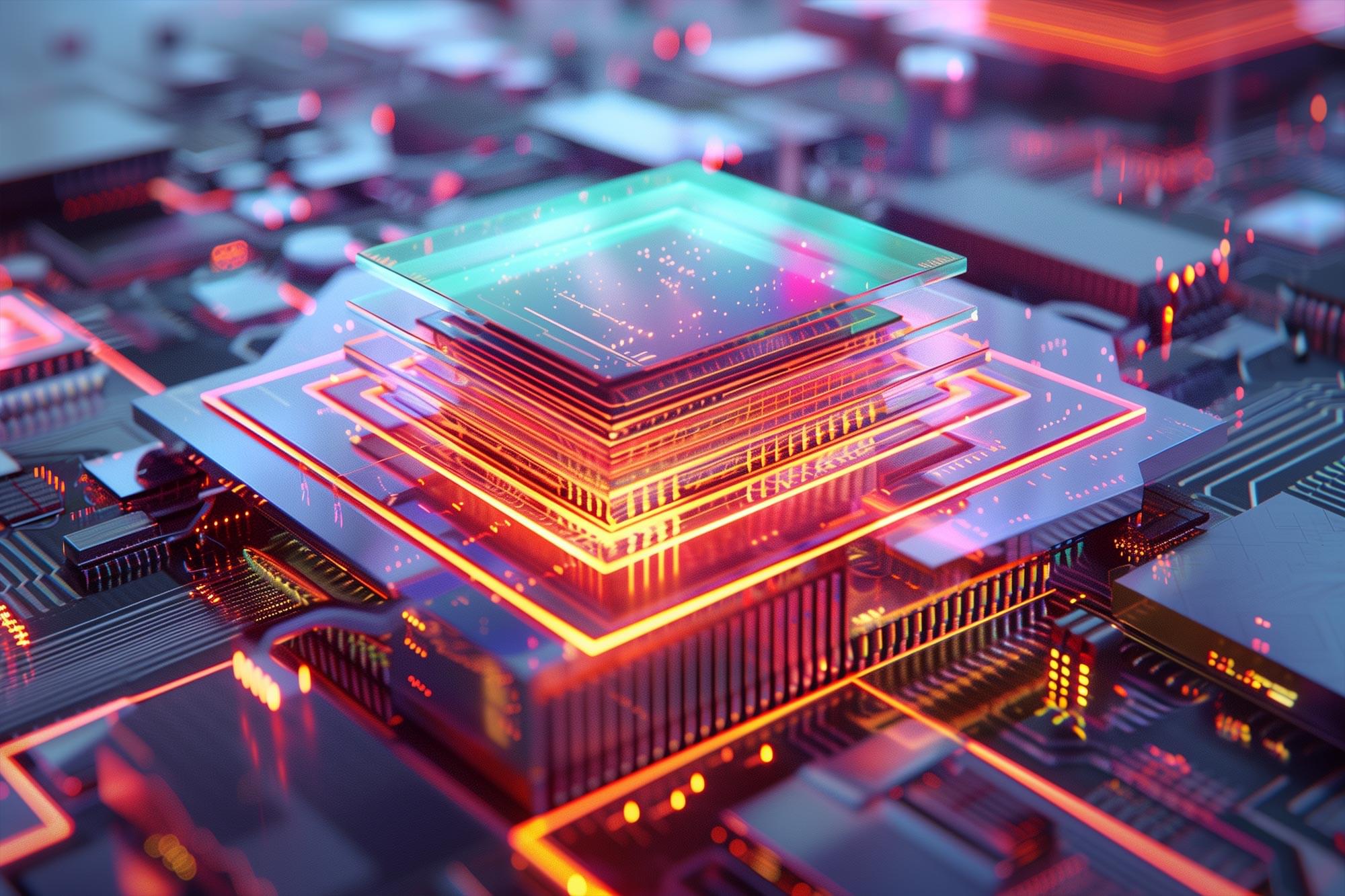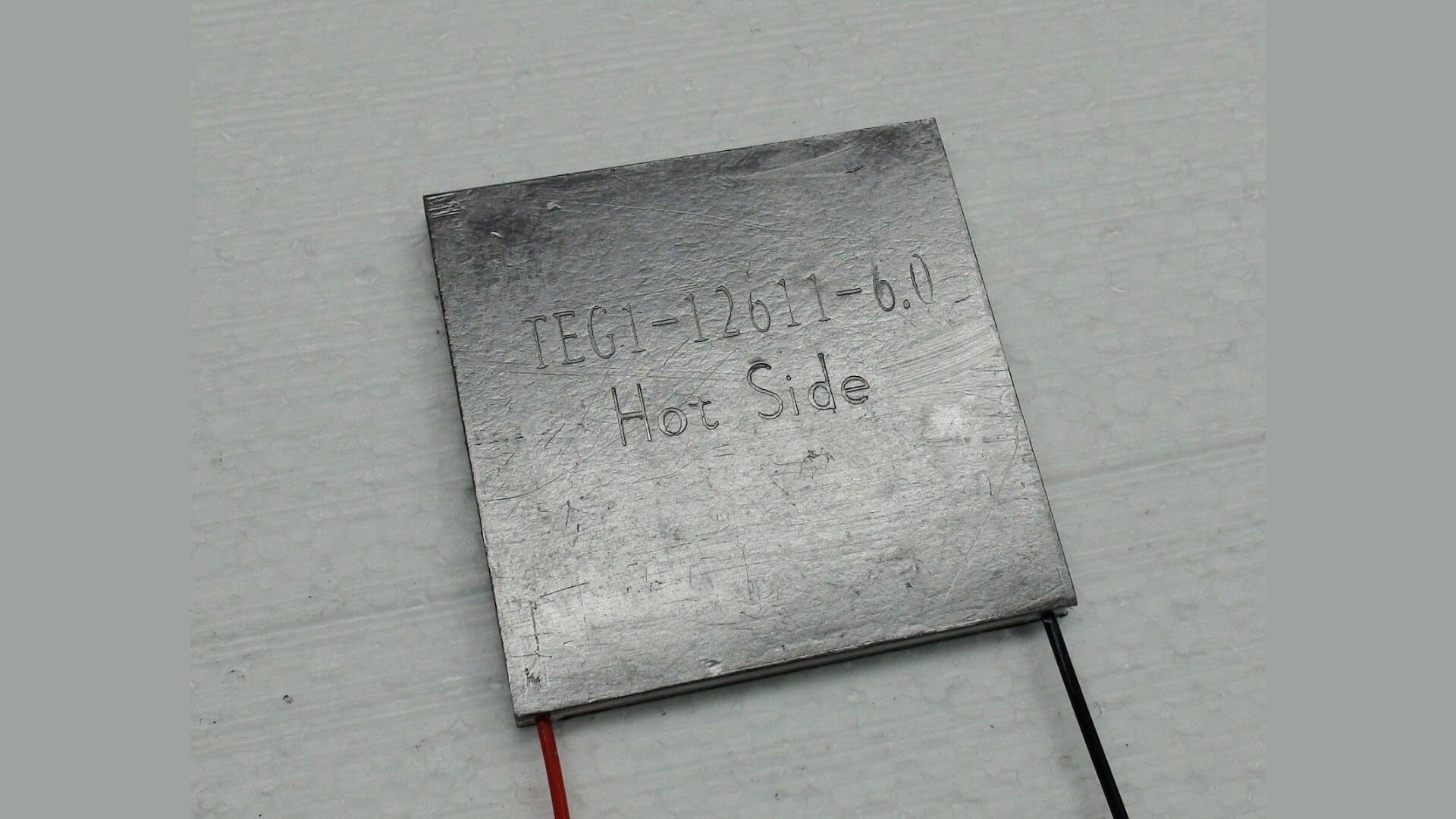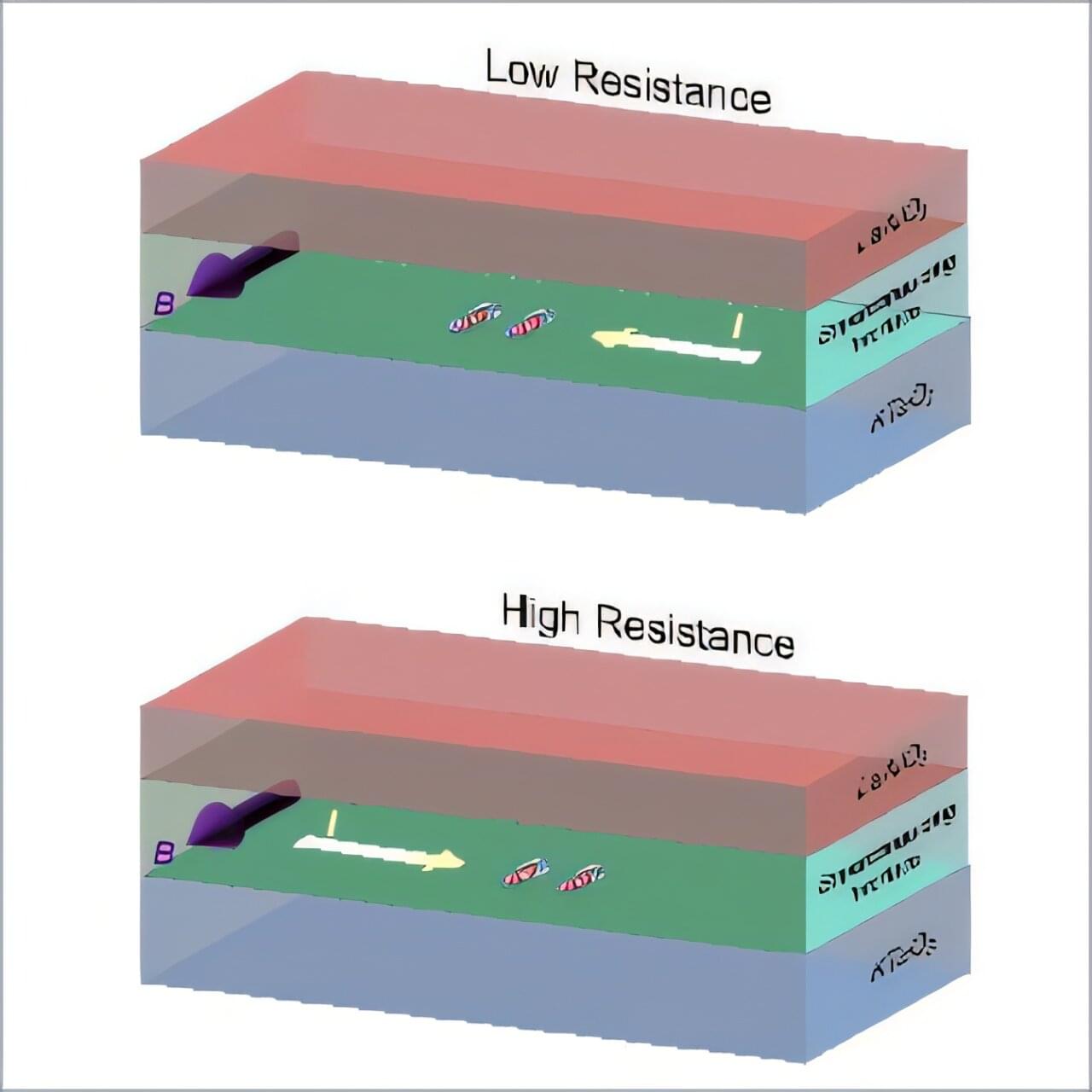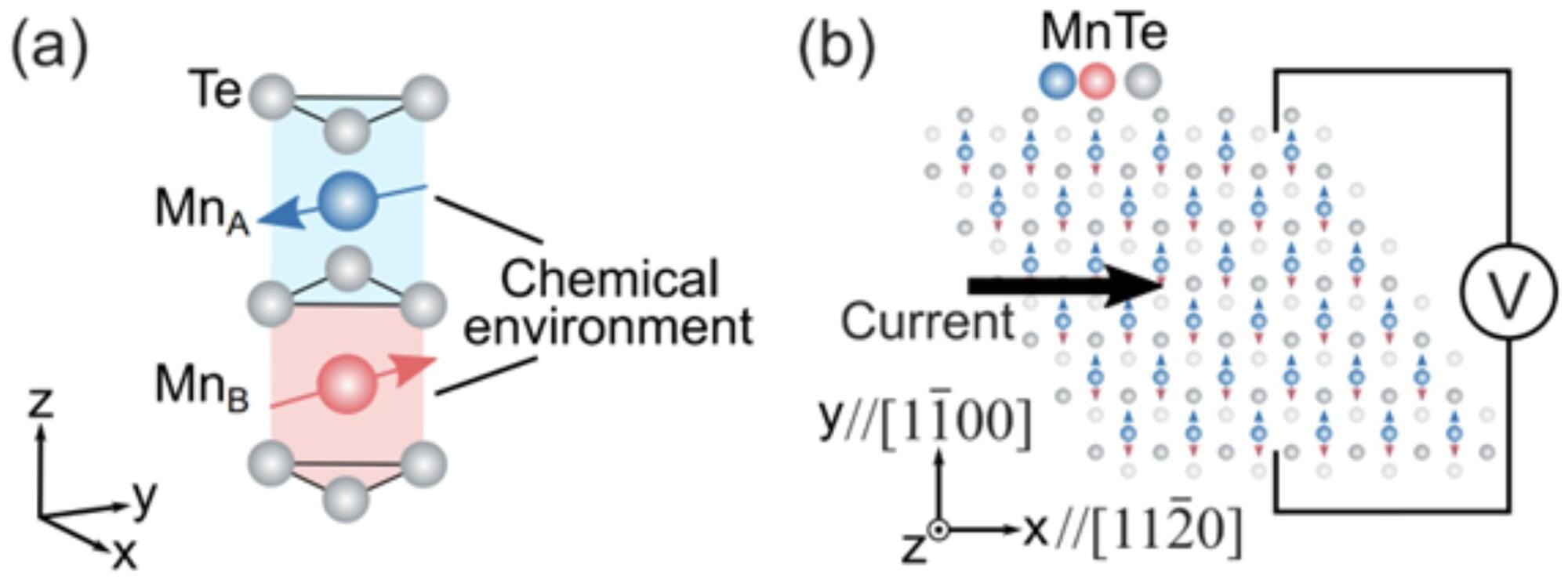“The result was a huge surprise for us. No theory has ever predicted it,” says Davide Bossini.
Not only does the process work—it also has spectacular effects. By driving high-frequency magnon pairs via laser pulses, the physicists succeeded in changing the frequencies and amplitudes of other magnons—and thus the magnetic properties of the material—in a non-thermal way.
“Every solid has its own set of frequencies: electronic transitions, lattice vibrations, magnetic excitations. Every material resonates in its own way,” explains Bossini. It is precisely this set of frequencies that can be influenced through the new process.









